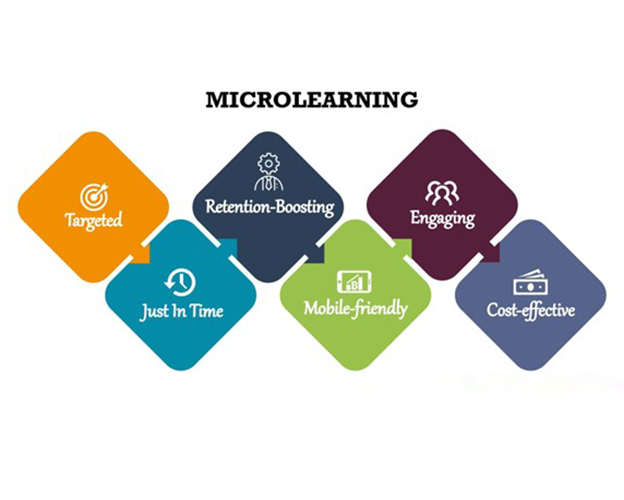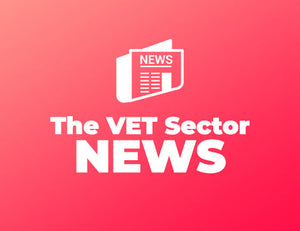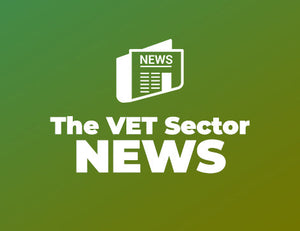
Microlearning - why is it important?
SUKH SANDHUMicrolearning - why is it important?
What is Microlearning:
Microlearning is a learning strategy that delivers content in small, easily digestible pieces. This type of learning is often used to address specific needs or goals and can be completed quickly and easily. Microlearning often includes videos or audio content, and may also include games or fun activities. Participation is usually rewarded, and records of participation are often kept. Microlearning content is accessible 24/7 via any type of device, making it a convenient learning solution. Additionally, microlearning can be linked to performance management and professional development plans. It can also be used for revision and consolidation purposes. Finally, microlearning promotes autonomy and self-directed learning by providing learners with choices and allowing them to develop expertise in their areas of interest.
Why is it becoming popular?
Microlearning is growing in popularity because it caters to the way today's learners prefer to consume information. It also allows for a more targeted delivery of content, so that learners can focus on specific topics or skills that they need to learn.
There are several reasons why microlearning is important:
- Microlearning content is easy to digest and understand.
- Microlearning can be completed in short bursts, making it ideal for busy learners.
- Microlearning is highly engaging and motivating.
- Microlearning is flexible and can be accessed anytime, anywhere.
- Microlearning can be customised to meet the needs of individual learners.
- Microlearning is an effective way to learn new things and retain information.
- Microlearning can be used to supplement formal learning activities or to stand alone as a standalone learning solution.
- Microlearning can help employees retain information more effectively.
- Microlearning can boost employee engagement and motivation.
- Microlearning can improve an organisation's bottom line.
- Microlearning can reduce training costs.
- Microlearning is flexible and can be tailored to learners' needs.
- Microlearning is convenient and can be accessed anytime, anywhere.
- Microlearning is self-paced and learners can control their own learning experience.
- Microlearning modules are usually no longer than a few minutes, making them ideal for busy learners on the go.
- Microlearning is highly focused and covers only one specific topic.
- Microlearning can be easily integrated into an existing learning management system (LMS).
- Microlearning can be used to supplement traditional training methods, such as classroom-based or eLearning courses.
- Microlearning can be delivered via different channels, including mobile, social media, and video.
- Microlearning is usually task-oriented and goal-driven.
- Microlearning can help learners transfer newly acquired skills to the workplace more effectively.
- Microlearning can promote collaboration and social learning within an organisation.
- Microlearners can receive immediate feedback on their performance.
- Microlearning can be updated quickly and easily to reflect changes in organisational procedures or technologies.
- Microlearning can be customised to meet the needs of different user groups.
- Microlearning can be used to support informal and social learning initiatives.
Microlearning is an important tool for today's learners. It is flexible, engaging, and effective, and can be used to supplement or replace traditional learning activities.
How to implement microlearning in your course
Microlearning is a great way to deliver training content in a way that is engaging and easy to digest. It can also be used to supplement existing training courses or blended learning programmes. Here are some strategies on how to implement microlearning in your training course:
- Keep it short and sweet
When creating microlearning content, it is important to keep it short and sweet. This means that each piece of content should be focused on one specific topic or task. It should also be designed in a way that makes it easy for learners to understand and absorb the information.
- Make it engaging
To ensure that learners are engaged with the microlearning content, it is important to make it interactive and engaging. This can be done by using gamification techniques, such as badges and leaderboards, or by incorporating social learning elements.
- Use different media
To keep learners engaged, it is important to use a variety of different media types in your microlearning content. This could include videos, infographics, images, and audio files. Using different media will help to break up the content and make it more engaging for learners.
- Assess understanding
Once learners have completed the microlearning content, it is important to assess their understanding. This can be done through quizzes or other assessment tools. By assessing understanding, you can ensure that learners have grasped the key concepts and are able to apply them in a real-world context.
Microlearning is a great way to deliver training content in an engaging and effective manner. By following these strategies, you can ensure that your microlearning content is successful in supporting your learners.
What compliance requirements must you follow?
The National Microcredentials Framework (NMF) is a new approach to microcredentials that recognises the value of these qualifications in the Australian education sector.
The NMF has been developed by the Australian Government in consultation with the education sector and will provide a nationally consistent approach to the development and recognition of microcredentials.
The NMF will provide clarity for students, employers and other stakeholders about the value of microcredentials, and will ensure that microcredentials are quality assured and fit for purpose.
The NMF will also help to ensure that microcredentials are recognised by employers and other stakeholders and that they can be used to progress careers or further study.
Micro-credentials designed and delivered by Australian providers are covered by the framework. Professional associations, higher education institutions, and vocational institutes may be among the issuing authorities. Microcredentials can be used in a variety of ways, thus recognising the diversity and breadth of these offerings.
For more information, please visit https://www.education.gov.au/higher-education-publications/resources/national-microcredentials-framework
RECENT POSTS





